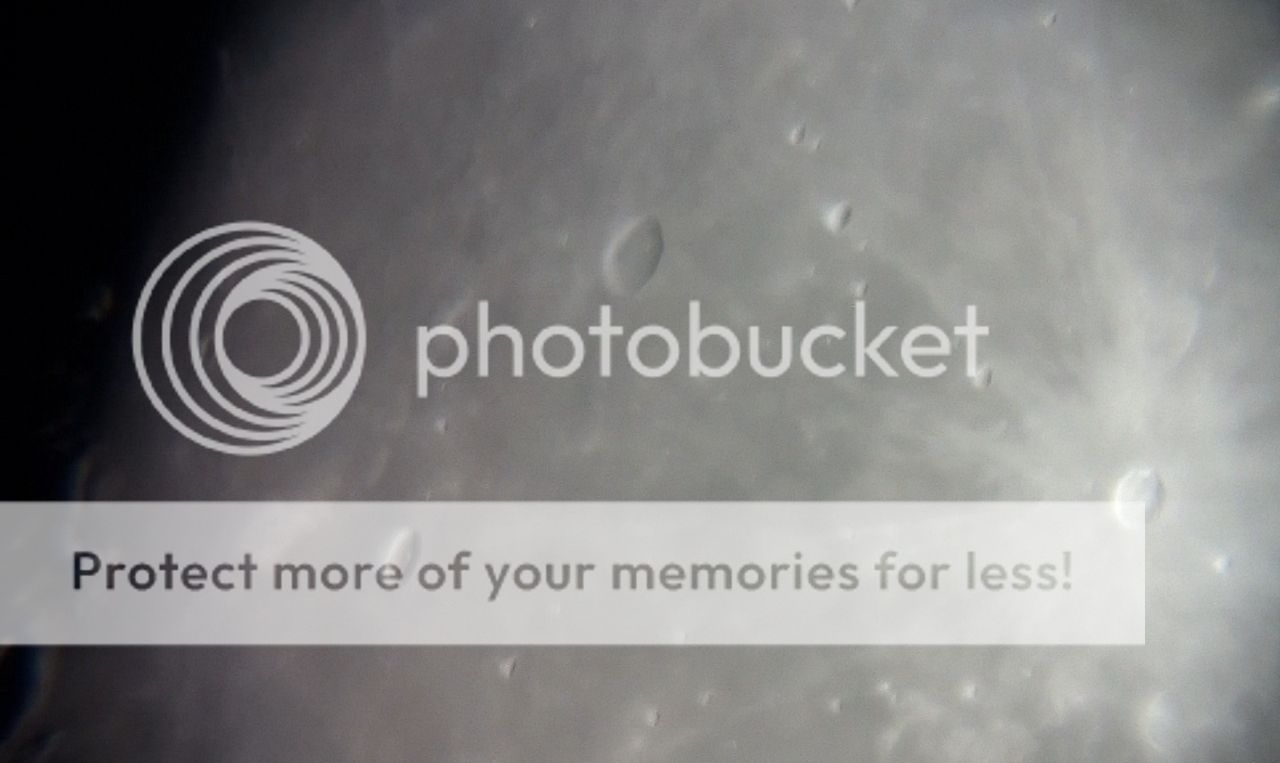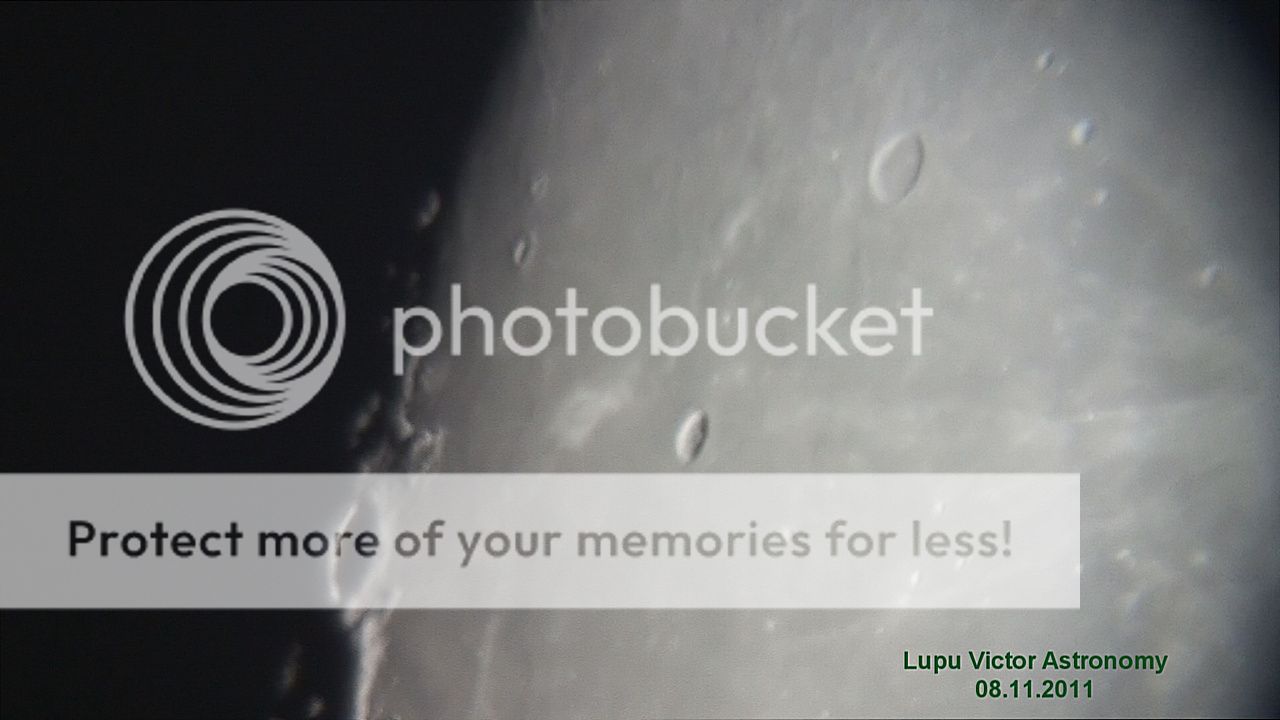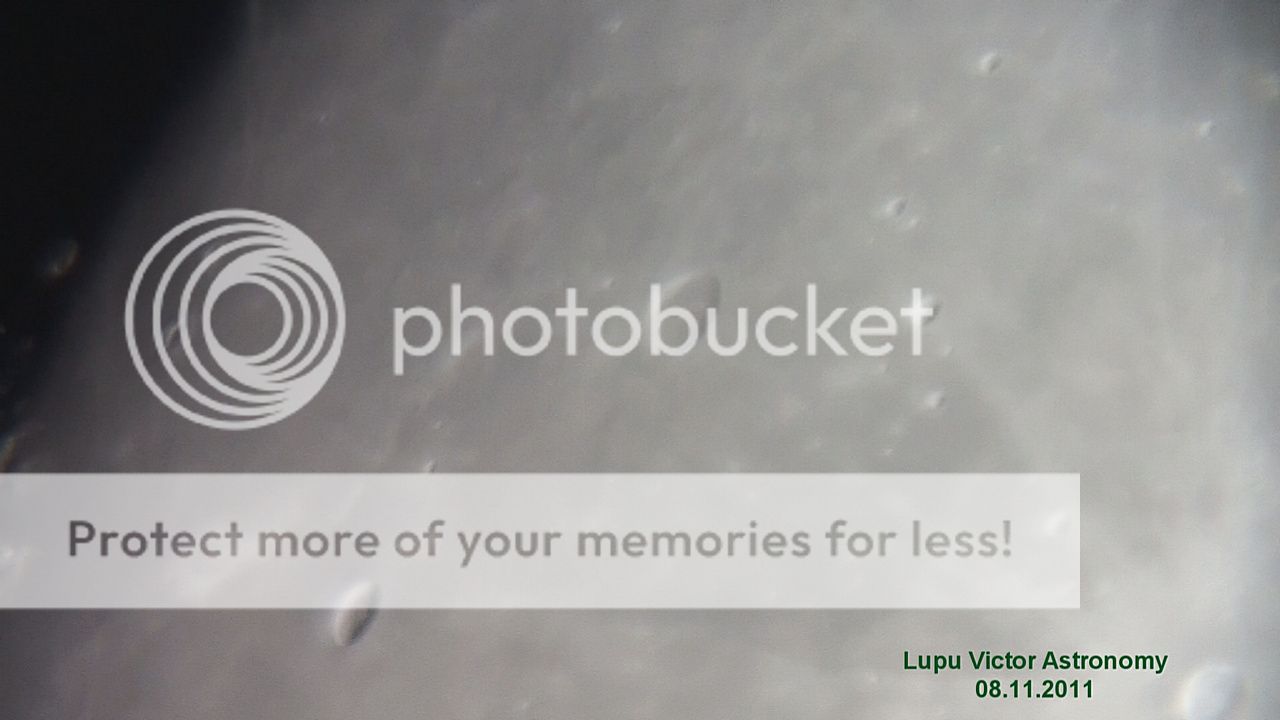Marius (41 km), is an isolated crater on Oceanus Procelarum. A "ray" ejected from the impact that formed the crater Kepler reach it as we see in these pictures. It has the same color as the floor of Procellarum basin, a sign that it was flooded by lava.
Marius is isolated, but at great distances is bordered by Reiner crater (30 km) to the southwest, Kepler (32 km) to the southeast and Aristarchus (40 km) to the northeast.
Magnitude: -12.10
Phase: 0.96
Distance: 401.445 km
Illuminated: 96,2% (0% = New, 100% = Full)
Astronomical instrument: Celestron C8-Newtonian telescope,
Eyepiece: Plossl 20mm, 2x Barlow
Mount: CG5 (EQ5)
Camera: Sony CX105
Filter: no
Date: 08.11.2011
Location: Baia Mare, Romania
Processing: FastStone Image Viewer
In the picture below are labeled craters and other lunar features in the region. To better understand this photo, you should note that the label with the name or the letter of larger craters could be found at their center, and on the small craters, you should find them around them, usually above.
Marius is isolated, but at great distances is bordered by Reiner crater (30 km) to the southwest, Kepler (32 km) to the southeast and Aristarchus (40 km) to the northeast.
Magnitude: -12.10
Phase: 0.96
Distance: 401.445 km
Illuminated: 96,2% (0% = New, 100% = Full)
Astronomical instrument: Celestron C8-Newtonian telescope,
Eyepiece: Plossl 20mm, 2x Barlow
Mount: CG5 (EQ5)
Camera: Sony CX105
Filter: no
Date: 08.11.2011
Location: Baia Mare, Romania
Processing: FastStone Image Viewer
In the picture below are labeled craters and other lunar features in the region. To better understand this photo, you should note that the label with the name or the letter of larger craters could be found at their center, and on the small craters, you should find them around them, usually above.
 |
| Image of 2 July 2012. |




 Monday, June 20, 2016
Monday, June 20, 2016
 Unknown
Unknown





 Posted in:
Posted in: 


0 comments:
Post a Comment